Never Use Homemade Compost Until It Passes This Simple Radish Test
The radish test is a foolproof trick for knowing whether your homemade compost is ready for planting – or if it could harm the health of your plants.
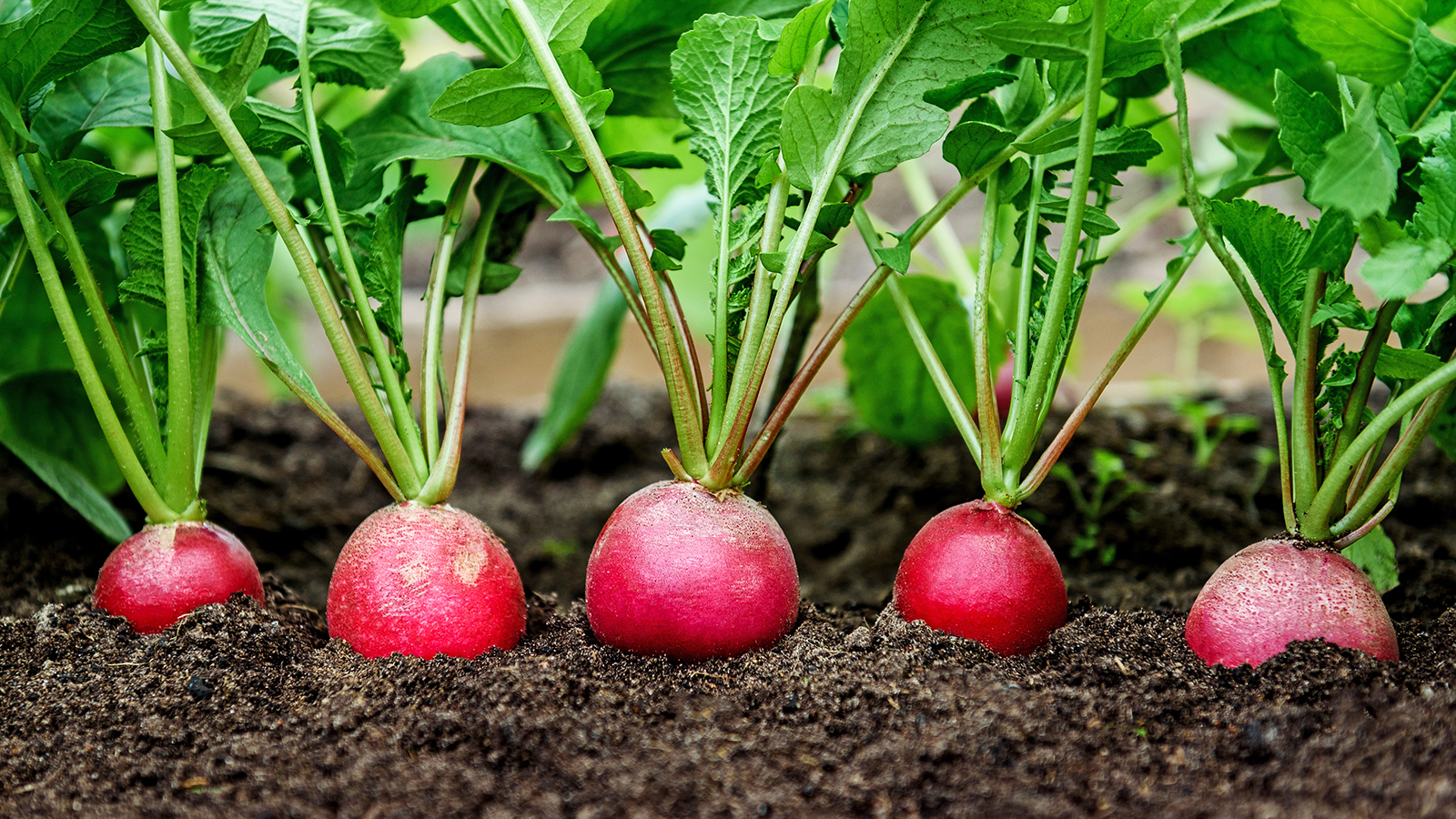

Composting is a great way to use up organic waste, both from the yard and the kitchen, and to add nutrients to your garden or potting soil. While the concept behind composting is simple, the process isn’t always. You have to create the right conditions for organic matter to break down into usable compost.
This requires setting up a composting area, adding the right materials, mixing them in the correct ratios, stirring and turning the mix, and maintaining optimal temperature and moisture levels in the pile. Even with all that effort, it can take many months before the waste is transformed into "black gold", ready to be used in the garden.
So, how do you know when compost is ready? Aside from learning what finished compost looks and feels like, there is one easy test gardeners can try to check whether it's ready to be used.
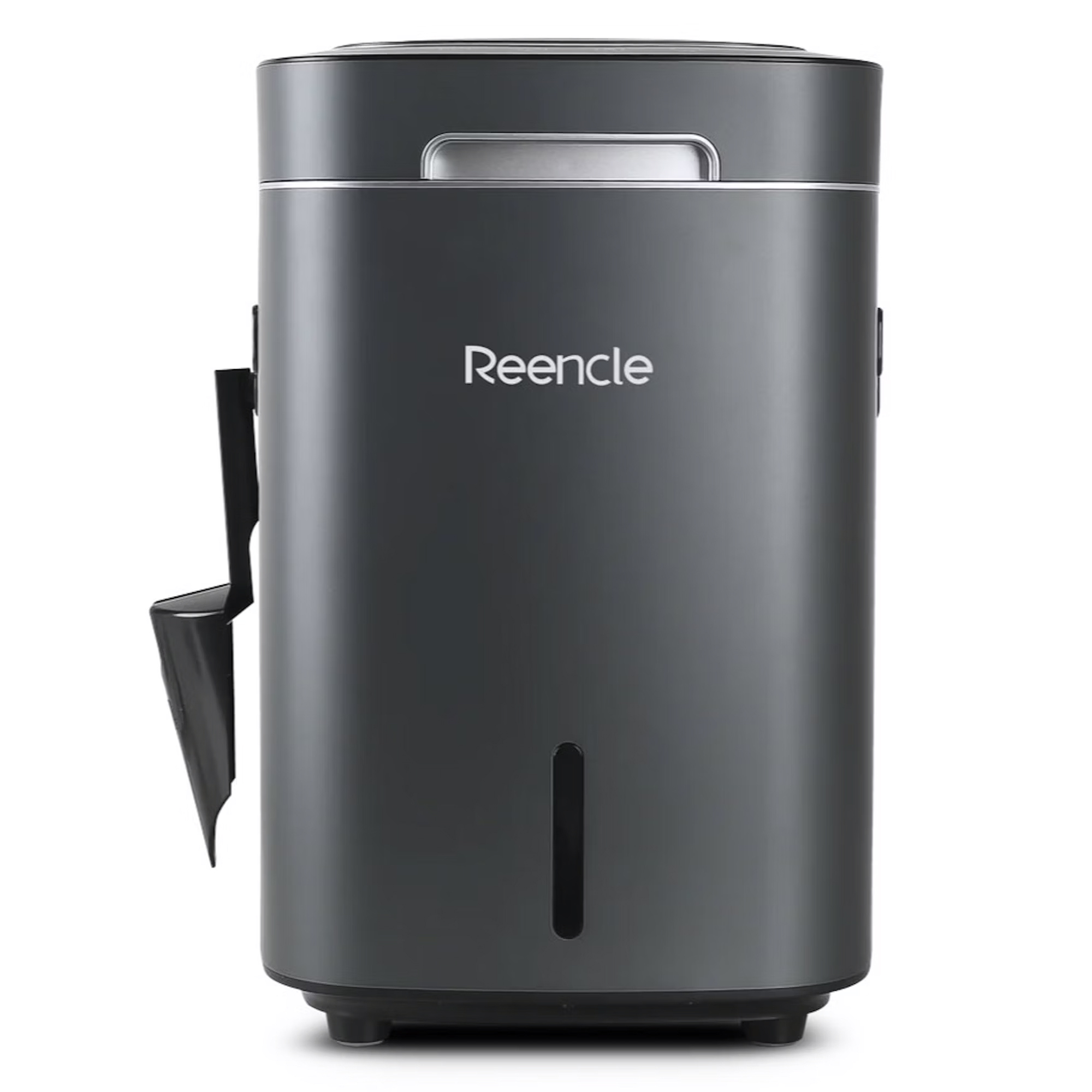
The Shop is your go-to destination for the best composters – from a state-of-the-art electric model that nurtures microbes to an in-ground worm composter.
Why Test Compost?
When learning how to compost at home, gardeners are often eager to start planting with it as soon as possible. However, applying compost too soon could create a nutrient imbalance in the soil and even burn the roots of tender plants.
There are signs you can look for to determine if compost is ready or if it needs more time in the pile. However, looks can be deceiving. A pile of compost that doesn’t quite look right might actually be ready. So, how do you know for sure? Try the radish test.
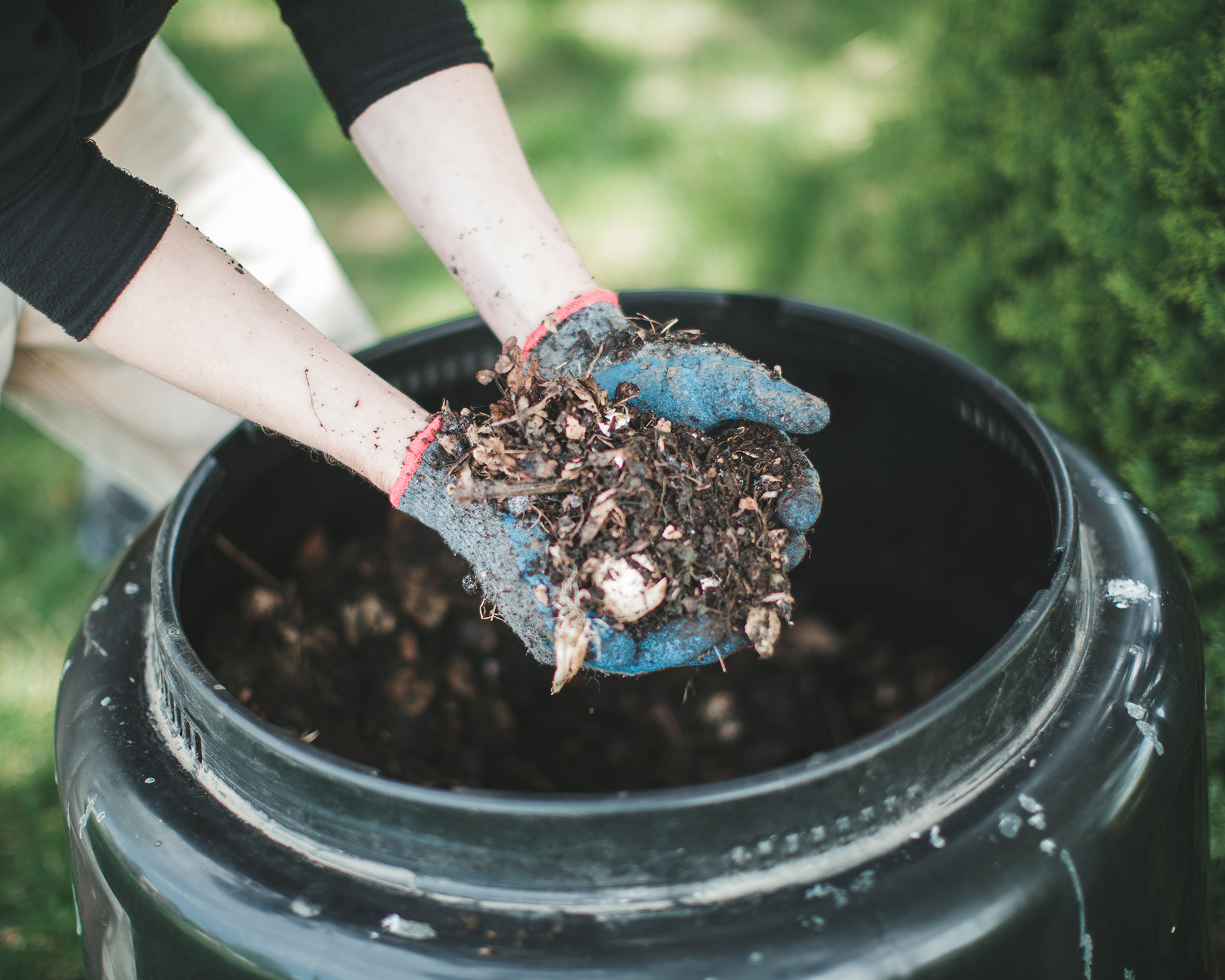
The Radish Test for Finished Compost
The radish compost test is very simple. Sow some radish seeds in your compost and see if they germinate and sprout. You can do this straight in the top of the pile or fill a couple of containers.
Immature compost contains toxins that destroy seed embryos. Therefore, if the compost isn’t finished, your seeds won’t germinate. Or, if the seeds germinate but the leaves are yellow, it still needs further maturation. If you get healthy, green sprouts, then your compost is ready.
Gardening tips, videos, info and more delivered right to your inbox!
Sign up for the Gardening Know How newsletter today and receive a free copy of our e-book "How to Grow Delicious Tomatoes".
So, why radish seeds? Actually, you could use any fast-growing seeds for this test, but radishes germinate and sprout particularly quickly. You should see the results of your test in three to ten days.
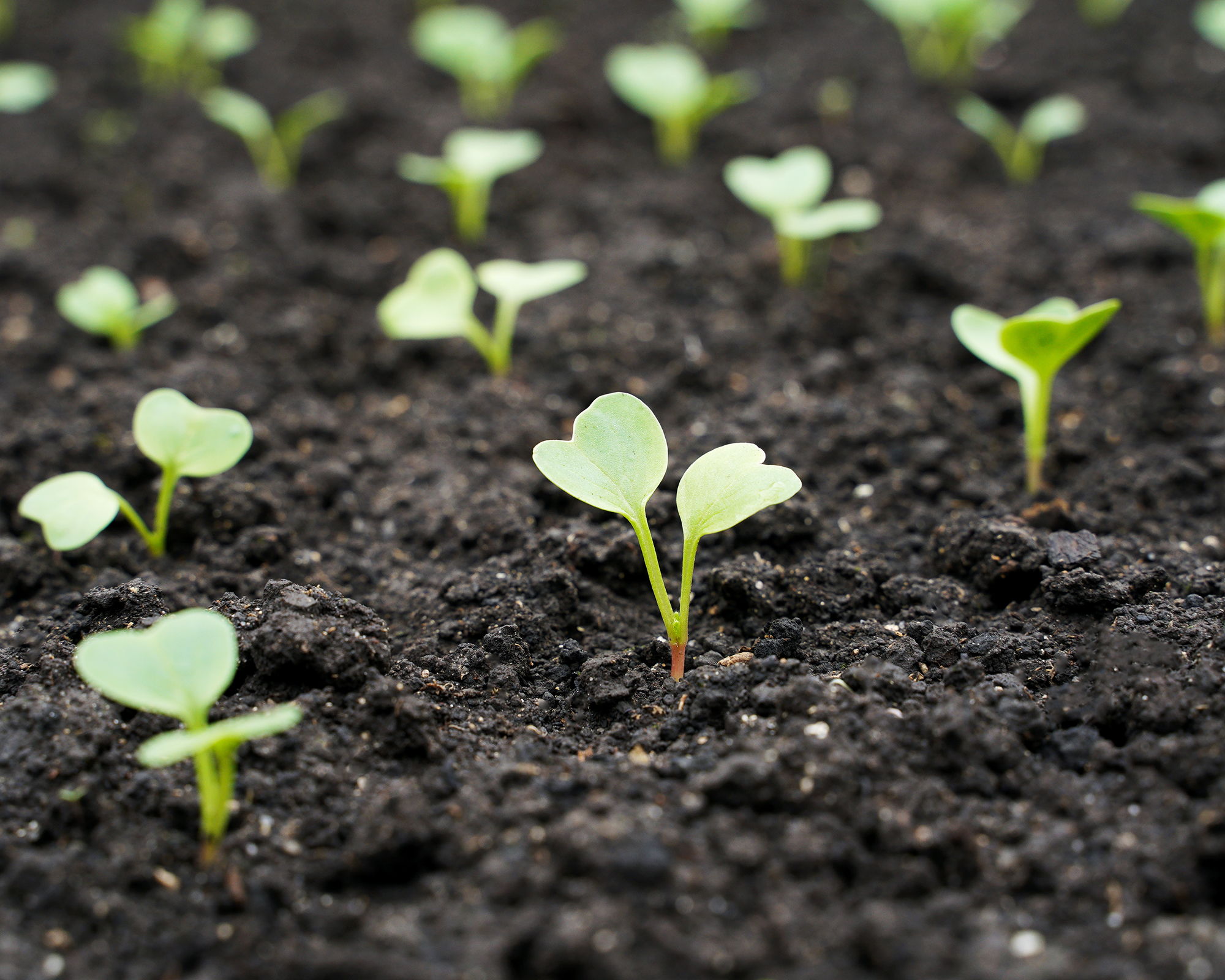
Do All the Seeds Need to Germinate?
For the most accurate results from the radish test, you should determine the germination rate. If 80% of the seeds germinate, then the compost is just right. This means if you sow 100 radish seeds, at least 80 of them germinate. You can scale this back and use fewer seeds, like 50 (40 germinate) or even 30 (24 germinate). But for the most accurate determination, don’t skimp on the number of seeds. You need a good sample size.
What to do with all your new radish seedlings? Transfer them to the garden and grow them on, of course!
What if My Compost Fails the Test?
If you feel like the compost is ready, but it failed the radish test, there might be other issues. For example, your compost might be finished but too acidic or high in salts. If you suspect this, it’s worth getting a soil test done on the compost before using it.
Another issue could be the seeds themselves. They might not be viable. You can try a seed viability test by creating a control group. Try germinating seeds in paper towel or seed-starting mix at the same time to see if they are viable or not.
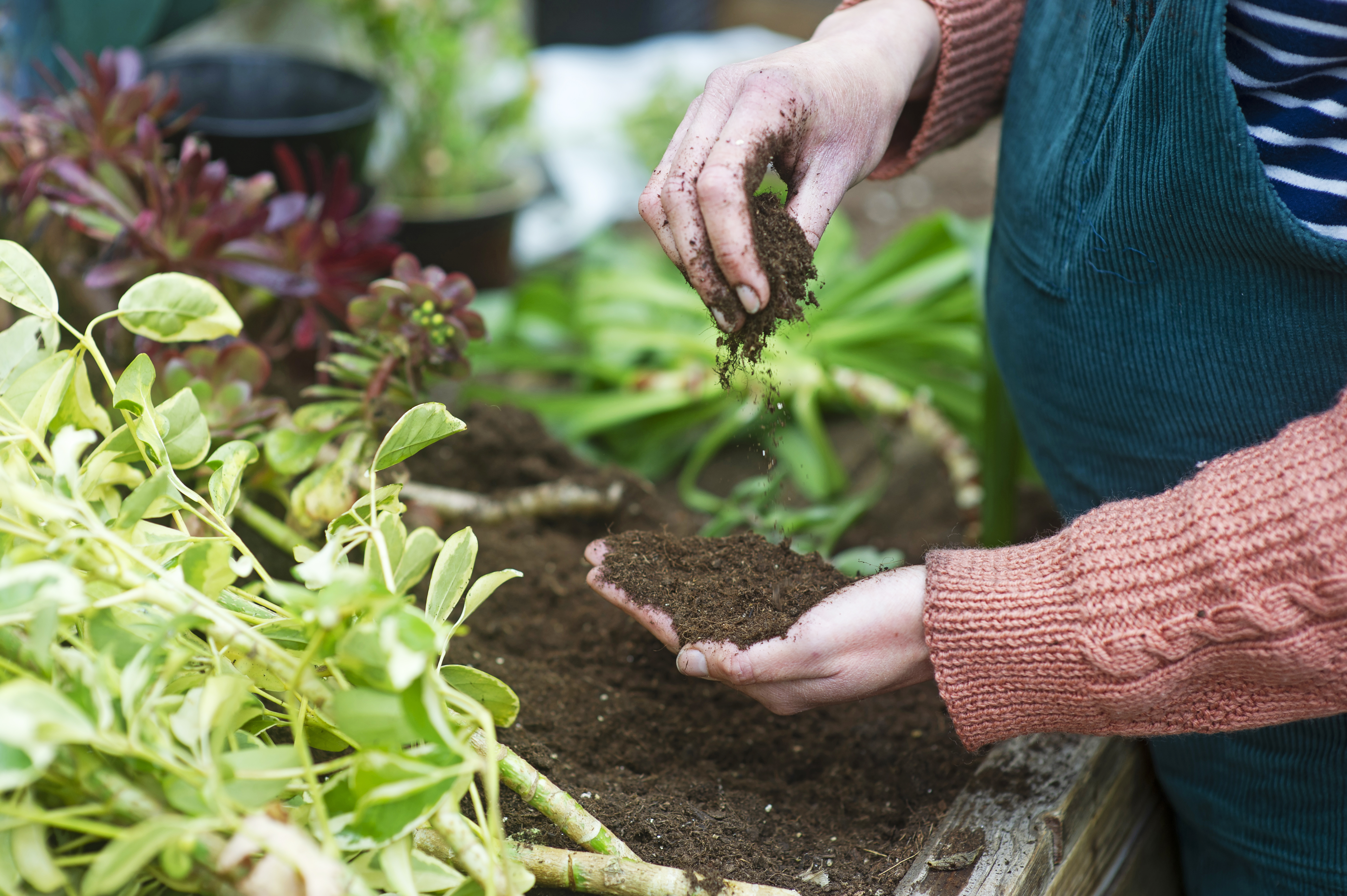
Other Tests for Finished Compost
The radish test takes a few days, but it’s a simple and easy way to check the maturity of your compost. These are some other signs of finished compost:
- Size. Compost piles get smaller as the material decomposes. When ready, a compost pile has about half the volume of the starting material.
- Contents. When you started your compost pile, you could identify the waste going in. Even if you shredded it, you could see the difference between leaves from the yard and a banana peel from the kitchen. In finished compost, you can no longer see these differences. The materials are no longer recognizable.
- Smell. The waste you put into your compost pile is initially identifiable by appearance but also by smell. Again, you can smell the difference between a banana peel and yard waste. By the time it has turned into finished compost, the entire pile should smell like earth or soil. If compost smells bad, it isn't ready and might need some attention. You can dive further into the smell test with a little experiment. Put a big handful of compost in a jar and add enough water to make what looks like soggy soil. Close the jar and check it in a week. It should still only smell like earth. If it has some bad odors, it isn't ready yet.
- Feel. When testing finished compost, pick up a big handful of it to look at and smell. In addition to uniformity in smell and appearance, the compost should feel crumbly and moist. Finished compost might not feel or look as uniform as you expect. This is why other signs, or the radish test, are helpful.
- Temperature. If you are hot composting, the temperature in the pile should reach a peak of about 160°F (71°C) and then drop off as microbial activity dies down. Finished compost should no longer be that hot.
Determining readiness for compost is both a science and an art. As you get more experienced with compost, you’ll be better able to determine when it’s ready just by using your senses. But, if you like a more scientific approach, you really can’t go wrong with the radish test.
More Composting Inspiration
- Are electric composters the future of sustainability? Discover whether a countertop food recycler is right for you.
- Not sure which composting method is best for your lifestyle and budget? Explore the different types of composting.
- Visit our Sustainability Shop for the best composting solutions and other inspiring ways to be green.
- Learn how to make a compost bin on a budget with these 7 easy DIY projects for beginners.
- Sign up for the Gardening Know How Newsletter to receive a regular dose of gardening content and exclusive offers.

Mary Ellen Ellis has been gardening for over 20 years. With degrees in Chemistry and Biology, Mary Ellen's specialties are flowers, native plants, and herbs.
-
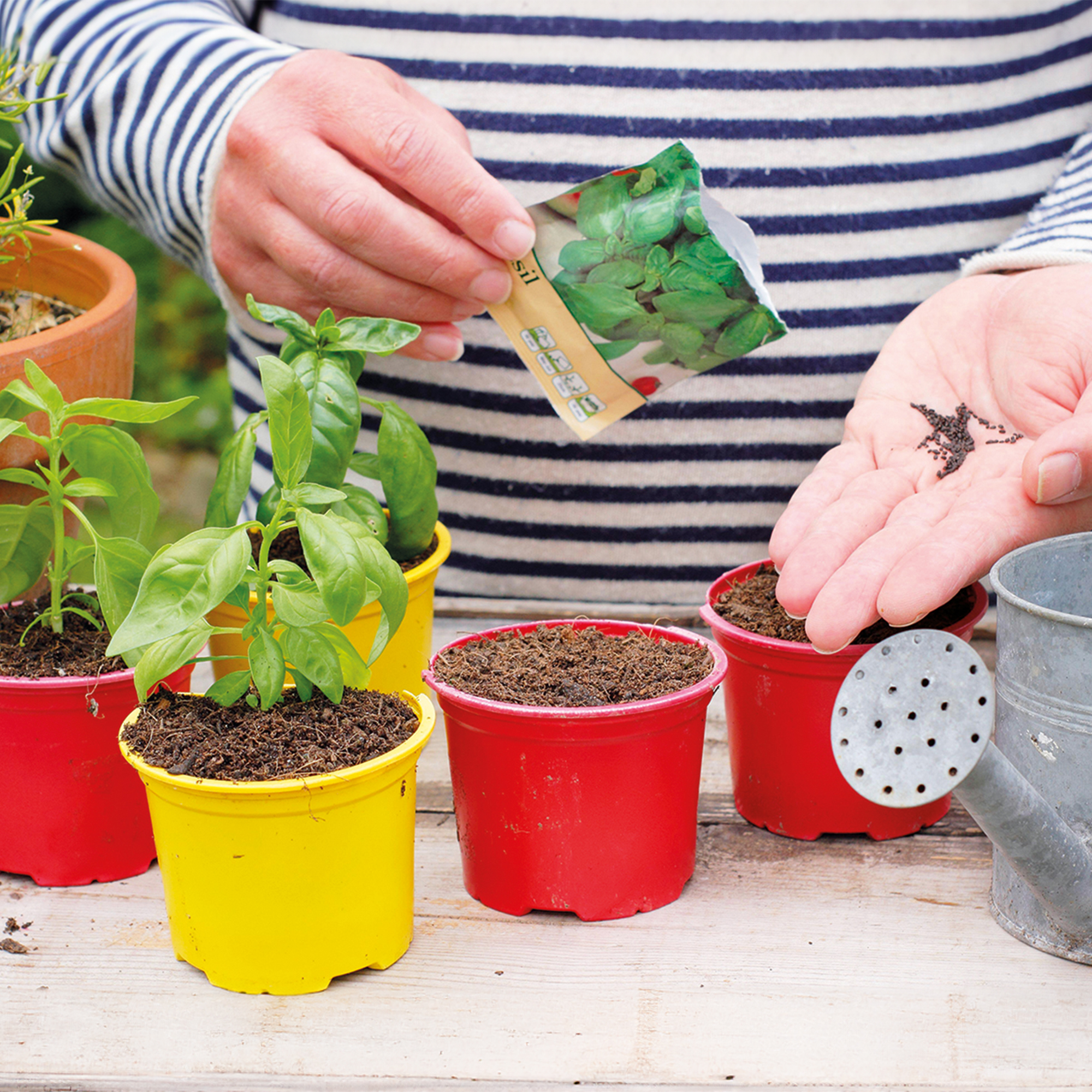 How To Grow Seeds Quickly: 8 Expert Tricks For Fast Flowers & Crops
How To Grow Seeds Quickly: 8 Expert Tricks For Fast Flowers & CropsIt's never too late to start growing! Jump-start your flower or vegetable garden with these pro tips and tricks for germinating seeds in record time.
By Amy Grant
-
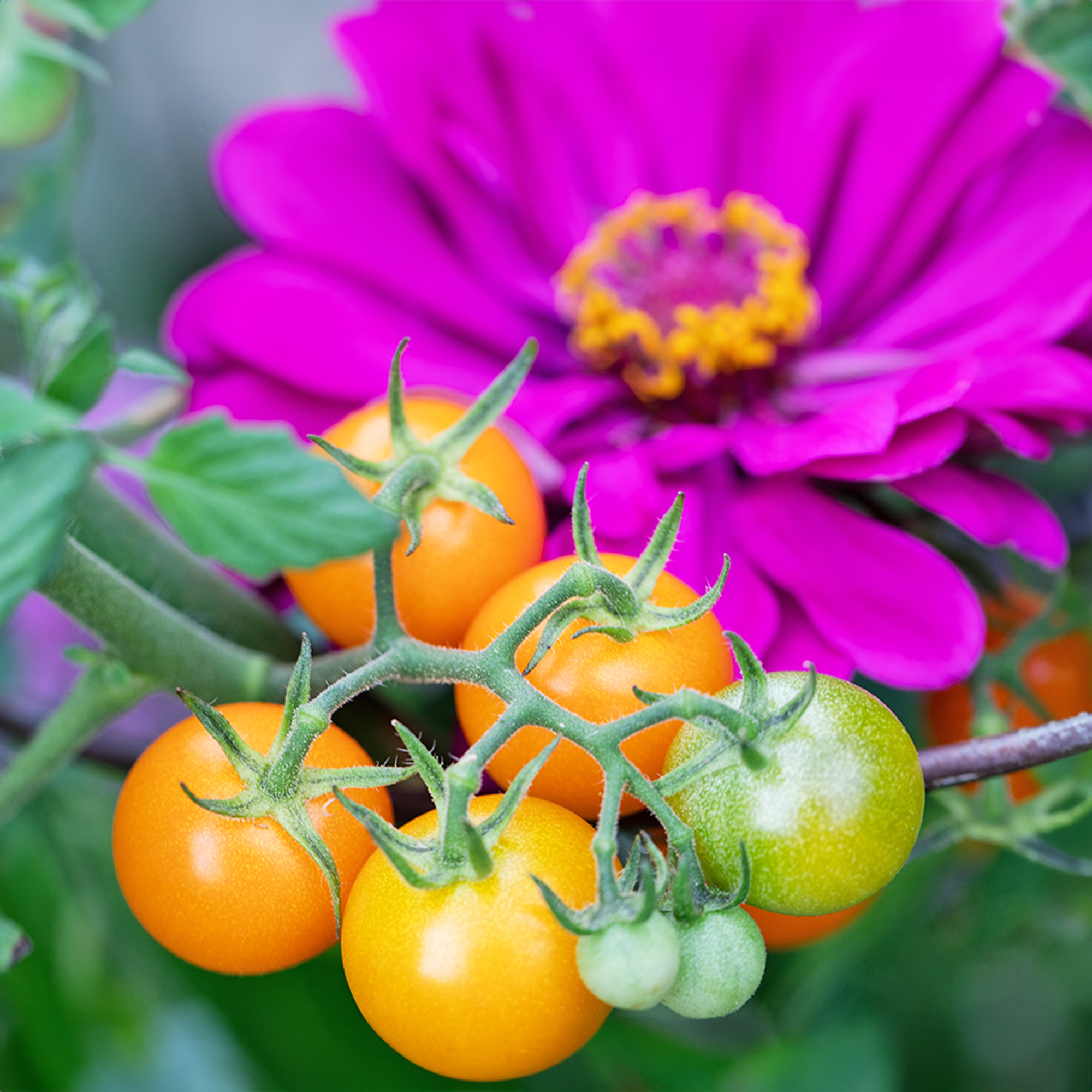 8 Perfect Flowers To Plant With Tomatoes To Boost Yields & Banish Pests
8 Perfect Flowers To Plant With Tomatoes To Boost Yields & Banish PestsDon’t forget flowers when choosing companion plants for your tomato beds or pots. These pretty, fragrant blooms add beauty but are also highly beneficial.
By Mary Ellen Ellis